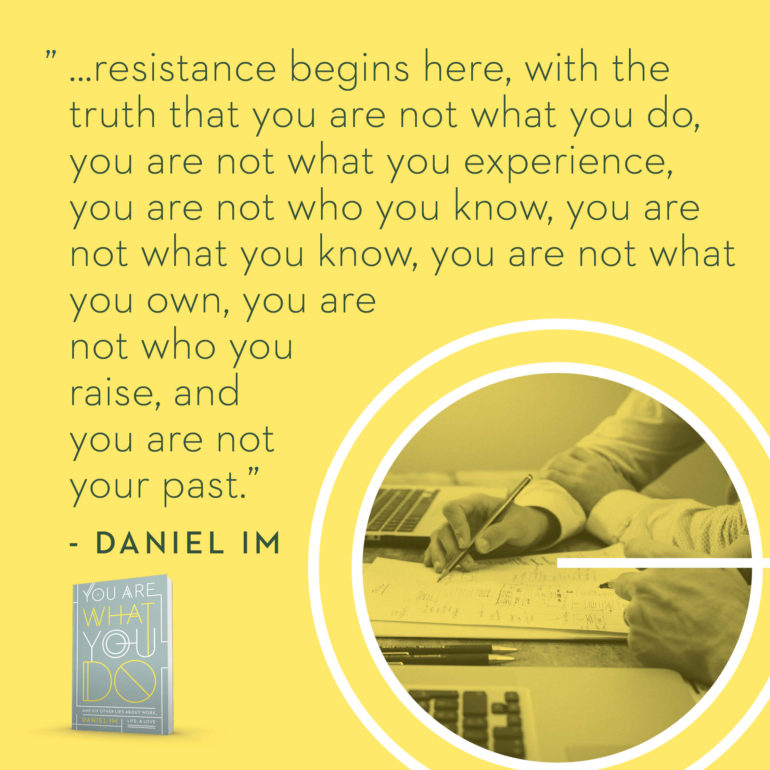
The side hustle.
To some, it’s something to do in your spare time that’s more productive than binging on Netflix or Disney+. To others, it’s the new credit card. And for everyone else, it’s become the new normal. After all, if you don’t have one, you’re likely funding someone else’s.
The allure of the side hustle is that it promises a life of freedom and flexibility—or control. It goes something like this:
“You have unlimited earning potential, so if you want to go on a trip, just gig for a few hours.”
“Want that new outfit? Sell a few things.”
“Want the latest phone? Hustle for it. After all, everyone has free time that they waste, so just use that time and earn some extra cash. Be productive! You’re in control, so make it happen—rise and grind and get it done.”
Experts are calling this the gig economy and in 2019, according to a study commissioned by Upwork and Freelancers Union, 35 percent of the American workforce was a part of it — up from five years prior. That means 57 million Americans were self-employed in a part-time or full-time capacity getting paid for their time, skills, possessions or expertise. To give you some perspective, that’s more people than the entire populations of Canada, Liberia, Greece and Puerto Rico combined!
What’s so surprising about it all is just how rapidly the gig economy has grown. I mean, can you believe that 68 percent of all gig workers surveyed joined the gig economy in the last five years? You see similar trends in Canada, the United Kingdom and Australia, where the growing gig economy continues to affect normal everyday life.
Although the news is covering how the gig economy can be both positive and negative to your mental health — or how Uber and Postmates are suing the State of California to stop the new AB5 Gig-Worker law — no one is talking about the unintended consequences that this rapid shift in culture is silently ushering in.
[Read more…] about Do You Believe These 3 Lies of the Side Hustle Culture?


